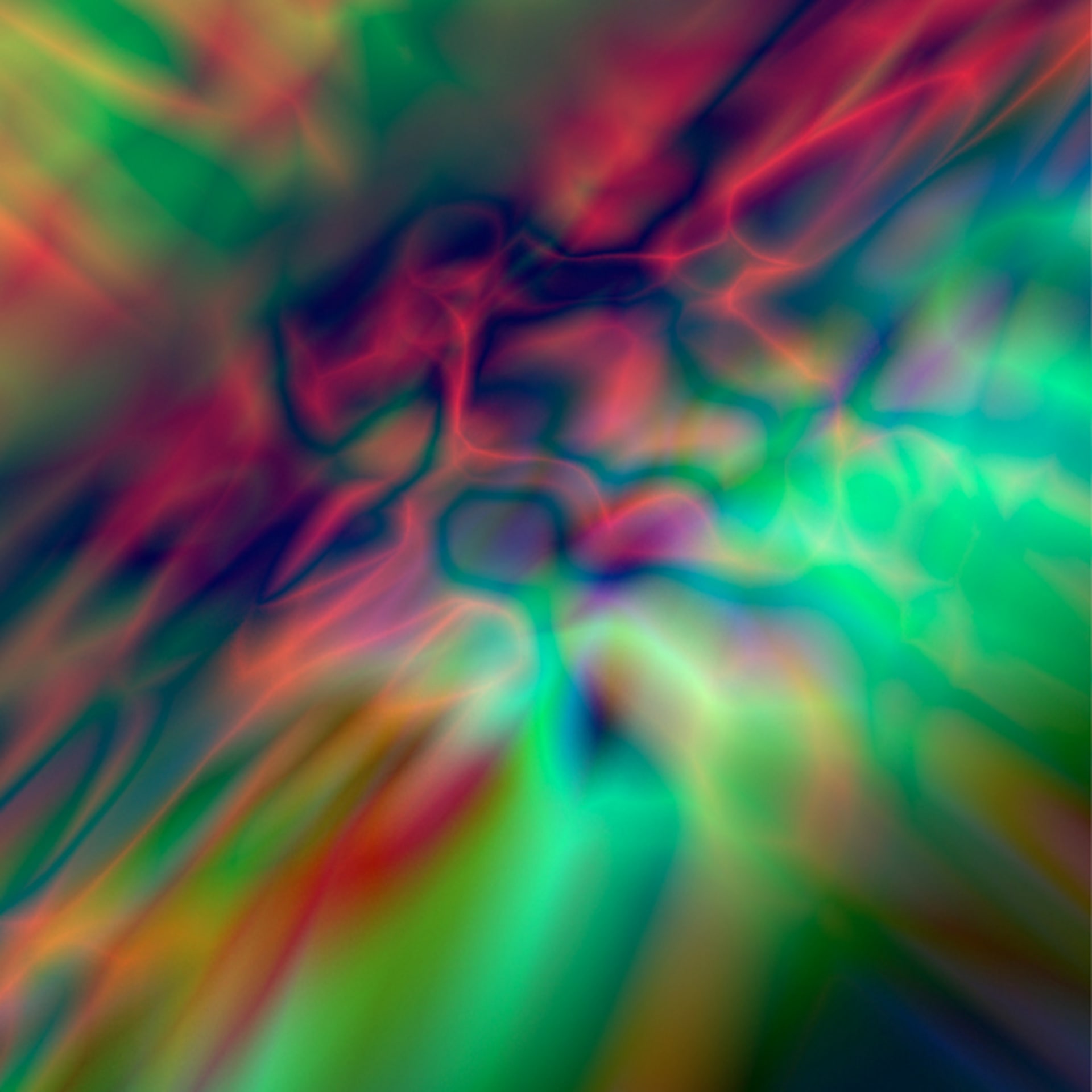
CTM and Transmediale 2015’s Most Compelling Installations
Last week, we kicked off CTM 2015 by asking the festival’s musical curator, Michail Stangl, to walk us through the must-see performances of the coming week.
This week, composer and regular EB contributor Laurie Tompkins reflects on the opening of the Un Tune exhibition, what it says about CTM, and the exciting audio-visual installations to come.
The CTM/Transmediale Festival’s sprawling 10-day program of exploratory visual and sonic arts launched this past Friday with Un Tune, an exhibit at the Kunstraum Bethanian in Kreuzberg that’s named after this year’s unifying theme. The inaugural presentation provides a vital focal point, as it playfully distills the core principles of the Un Tune theme. Its opening served as an intriguing display of visual work as well as an amuse-bouche for the heavyweight performances coming this week.
The most immediate pieces on display at the Kunstraum are those that deal with sound as a weapon. Entrants are advised at the door to don a pair of heavy-duty ear protectors to guard against Mario De Vega’s “Should I Stay Or Should I Go,” a civil protection alarm algorithmically programmed to erupt once a day at a random time. The threat of a burst eardrum wages a sonic war on its audience, a notion Nik Nowak reframes in “Booster 2.13,” in which a military vehicle armed with speakers appears to have shattered a wall of soundproofing with pulsing waves of imposing sub-bass. Emptyset’s “Imprint 1-3” continues the obsession with sheer low-end force by pummelling three stainless steel sheets with low frequencies harmful to the human body, leaving them warped and crumpled.

The pieces’ aggressive brutality has an unexpected side-effect: it makes them strangely seductive. De Vega’s alarm only goes off once, and although you’d like to be there for the action, you know it would hurt. The bell’s lurid red paint is a warning, but it’s also sensual, enticing and unnerving to arriving visitors like a ticking bomb. Likewise, it’s tempting to touch Nowak’s slick speaker panzer and Emptyset’s glistening metallic casts, to bear witness to sound at its most potent and destructive.

Tonight, The Bug will tap further into the appealing elements of sonic warfare by combining a home-built sound system with Berghain’s infamous Funktion One to unleash an enfilade of sirens, foghorns, and bass drones. But CTM’s ideals extend all the way from the gallery to the club, and the collision of avant-grime producers Mumdance, Logos, and techno provocateur Shapednoise at the festival’s closing night successfully sees through the siren trope in a more rhythmic setting.
While the attraction of sound-as-weapon stimulates individual desires, several pieces demonstrate audio’s capacity to “untune” the human psyche from social norms and create new collective consciousnesses. Graw Böckler’s Bethanien exhibit “Speaking Synchronously” depicts two women reading from slightly different texts and striving to coordinate their speech, suggesting that sound can unite potentially disparate viewpoints and bypass cerebral disputes to create an abstracted but potent social power. The video’s sheer optimism speaks sympathetically to Zorka Wollny’s neighboring film Songs Of Resistance, which portrays an improvised vocal performance by a handful of students in a crowded square in Istanbul. The performers exchange quiet sounds which subtly morph, maintaining the intimacy of private conversation despite their public arena. It’s not so tenuous to read Songs Of Resistance as an allegory for how CTM’s program creates a public, collective space for underground music, and further how collective musical experience can fuel wider social emancipation.
Derek Holzer’s “Delilah Too,” on the other hand, projects a more conflicted collision between private and public social spheres. Participants can enter two booths set up on either side of a large room and transmit secrets to one another through microphones, with an electronic distortion of their speech projected into the main space. “Delilah Too” acts as a potent reminder that our modern sense of connectivity relies upon spying machines, and radically distances us from those close by.
As much as CTM specialises in the spectacular and often in the extreme, many of its most crucial performances are, ostensibly, unassuming. Just as Lucio Capece’s helium balloon installation “Space Drum Machine RX-100” promises understated beauty this coming Tuesday at HAU, so too did my two favorite pieces in the Un Tune exhibition. Anita Ackermann’s “What We See Sees Us” and Anke Eckhardt’s “GROUND” evoke a primal overload of the senses. In “What We See Sees Us,” the beams of torches given to visitors refract from a central hanging mirror object to form flickering constellations on the walls. In Eckhardt’s “GROUND,” the viewer must orient themselves through the sound and vibration of the rubbing concrete strips under their feet, in the absence of any visual reference points. It is Eckhardt’s unflashy sense of “untuning” which I hope to take with me through the festival’s music program, the talisman that will steer me away from superficial performances which ironically reinforce musical norms and guide me to those which liberate us from them.
Published January 27, 2015. Words by laurietompkins.
